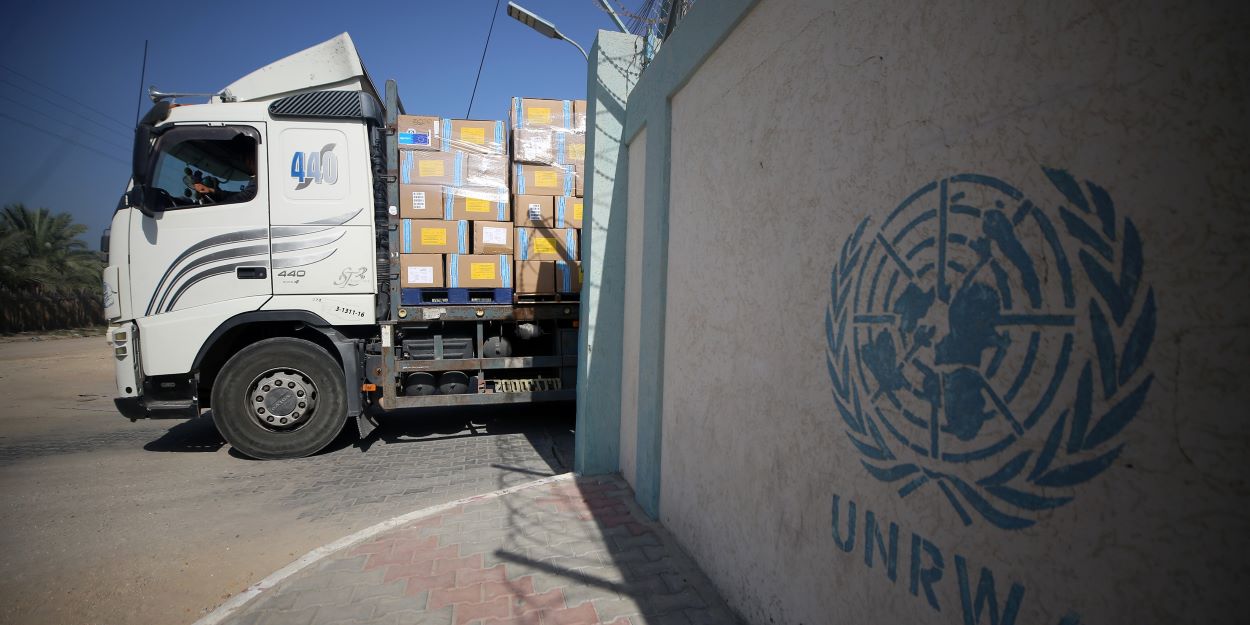Trucks carrying relief supplies have started entering Gaza through the Rafah crossing from Egypt following the implementation of a four-day ceasefire in the region.
The pause in hostilities, as reported by UN agencies, is crucial for aiding the war-torn Palestinian enclave, where the death toll is nearing 15,000, and many displaced people are without shelter.
The ceasefire agreement, facilitated by Egypt, Qatar, and the United States, includes a 96-hour pause in fighting and provisions for the release of Israeli hostages and Palestinian detainees.
UN Humanitarian Affairs Coordination Office (OCHA) spokesperson Jens Laerke expressed hope that this truce would lead to a longer-term humanitarian ceasefire. The ceasefire is seen as a critical opportunity to provide relief to both the people of Gaza and Israel, as well as to those affected by hostage situations.
Urgent Humanitarian Needs and Response
The ceasefire has created a window for urgently needed humanitarian aid to reach northern Gaza, the area most affected by the conflict and previously cut off from aid. The World Health Organization (WHO) focuses on evacuating patients and health workers from hospitals in north Gaza. Despite the ceasefire, the situation remains volatile, with a surge in bombardments and clashes observed just before the truce began.
The UN is emphasizing the critical need for fuel to facilitate rescue operations and is working to distribute it across Gaza, with over 1.7 million people estimated to be internally displaced. UNRWA chief Philippe Lazzarini has highlighted the dire situation of the displaced, stressing the fundamental right of people in Gaza to live without fear for their safety.






